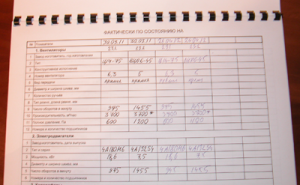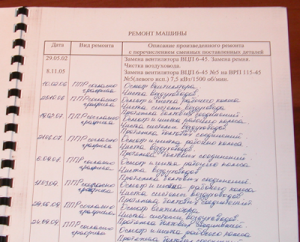A passport for a ventilation system is a mandatory document drawn up by a specialized organization during the period of commissioning. First of all, the customer himself needs the certification of ventilation, since it is here that all the indicators of the system's operation are recorded for the entire period of its operation. In addition, a passport is needed to be presented to numerous inspections.
There are several types of passports for supply and exhaust ventilation, and the quality of their registration and filling entirely depends on the conscientiousness of the service company.
To require a properly executed document, the customer needs to understand why the passport of the ventilation unit is needed and how it should look.
Certification of ventilation systems
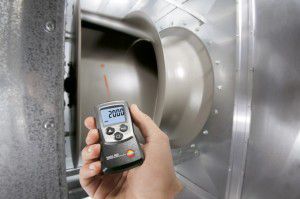
Certification of the ventilation system is carried out only once - during commissioning. However, if the scheme is undergoing significant modernization, a new document has to be drawn up.
To obtain a passport according to SNiP, the ventilation system must undergo aerodynamic tests. Sometimes the complex of works on certification includes even the development of estimates for modernization or repair.
Certification for natural ventilation systems is not carried out. However, if such a document is required, it is drawn up. Its shape is simpler than the standard sample of the passport of the ventilation unit. And in the attached protocols, indicators of the effectiveness of natural ventilation are recorded.
No ventilation system passport required without a network. However, during operation, it is necessary to make notes about repairs, inspections and modernization somewhere, so usually any mechanical ventilation systems, including window fans and heat curtains, are issued passports. Sometimes, as a simplified sample of a passport for ventilation, a technical passport issued by the equipment manufacturer is used, which is supplemented by testing protocols.
During commissioning, specialists can correct minor defects in the operation of the system, readjust it and explain to the customer the rules for using ventilation.
The passport is an indefinite document. A sample of the ventilation system passport is issued again in case of loss, significant modernization, or a change in the route. The results of aerodynamic tests are attached to the passport in the form of a protocol. As a rule, the last protocol is valid for 12 months. At the end of this period, it is necessary to conduct new tests, investigate the state of the system.
Who carries out certification of ventilation
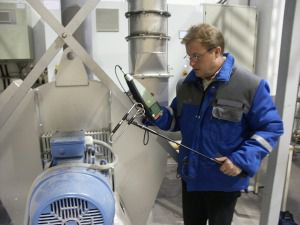
Since certification does not apply to construction processes, it can be carried out by any authorized laboratory. The conditions for the certification of supply and exhaust ventilation are stipulated in a written agreement. An individual entrepreneur can also issue a sample passport for ventilation, which is much cheaper, since it excludes the payment of intermediary services.
If the staff of the installation company has designers and equipment adjusters, they can also issue a passport for the installed ventilation system. As a rule, large installation firms have their own commissioning specialists.
Test laboratories can also issue a passport for the ventilation system according to SNiP.As a rule, they provide services of a fairly high level. The lack of cooperation with them is the lack of specialists in the field of ventilation, who could analyze the obtained indicators and help solve problems.
And the last option is specialized organizations. It is the ventilation engineers who are well versed in their work who work here. But the quality of measurements can be lame due to weak equipment.
Ventilation system passport
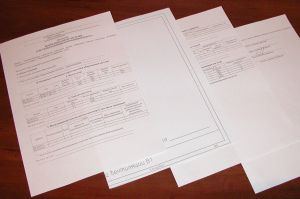
Adjustment of ventilation systems is carried out in two stages.
This means that in the first stage, individual testing and adjustment of the equipment will be carried out. Based on the results of which, the commission as part of the sanitary and epidemiological supervision and fire supervision issues a permit for the operation of the building - a passport for the ventilation system. Samples of passports of ventilation systems are made taking into account the requirements of SNiP 3.05.01-85. Passports are filled in by the contractor and given to the customer along with the commissioning certificate and axonometric diagrams. Two copies of the passport are filled in, one remains in the commissioning organization, the other is handed over to the customer. If the second copy is lost, it's easy to duplicate it. In addition, the second copy of the passport enables specialists-adjusters to answer some questions regarding the operation of ventilation, even without leaving their office. Some general contractors ask for 2 or 4 copies, about which a corresponding note is made in the contract.
Although axonometric diagrams are not included in the mandatory package of documents, the organization-commissioner usually issues them.
The obtained passport of the ventilation system at this stage is the most important document presented to the sanitary and epidemiological supervision.
Air handling unit passport
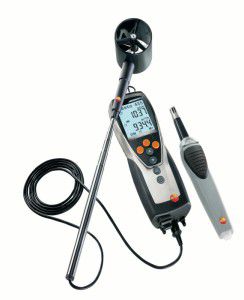
Ventilation systems must be checked once every 5 years, as well as when the owner changes or if the primary documentation is lost. This is one of the rules for operating power plants.
In this case, commissioning works are carried out at installations requiring inspection. The work is called adjustment and testing of ventilation systems for technological or sanitary and hygienic requirements.
It is required to carry out more extensive work than during the initial tests to obtain a passport for the ventilation system.
All test data are recorded in the technical report (as opposed to the technical documentation in the first case). The technical report provides details of the object, the test schedule. The document contains the following data:
- air exchange in the form of a table;
- the condition of the air in the building;
- noise level and other indicators of ventilation efficiency.
One sample of the passport of the ventilation unit is sent to the operational service.
Ventilation passport according to SNiP
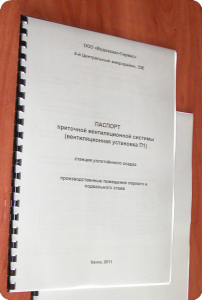
The form of the passport of the ventilation system according to SNiP is usually used when commissioning new buildings. Ventilation certification is subsequently carried out regularly, therefore there are several tables in the document, which are gradually filled in with each check. All information about repairs and modernization of equipment is entered here. A sample ventilation system passport is a multi-page document, fastened with a spring or stitched into a binding.
A sample passport of an air handling unit includes about 8 main pages (without sections on repair and replacement of units). The ventilation system passport is supplemented with a sample protocol and, in some cases, an abbreviated instruction manual for the operation of the ventilation unit.
If necessary, the following protocols are attached:
- fan aerodynamic testing;
- tightness of the network;
- the level of noise and vibration;
- overpressure level and some others.
Often, the measurement results are stored in electronic form in the commissioning organization, and in the passport of the ventilation system, according to the established model, a note is made about the presence of protocols and their issuance upon request.
Ventilation certification cost
The price of a passport for exhaust ventilation is calculated in the estimate agreed with the customer. Re-certification as part of production control is done at a discount. If another organization carries out re-certification, the sample of the ventilation system passport is changed and the discount is not provided.
The cost of a passport for supply and exhaust ventilation depends on the size of the object, the branching of the network and the amount of equipment.
As a rule, travel and transportation costs are calculated separately and added to the estimate.
If the volume of work on issuing a passport for exhaust ventilation is large, a phased payment is possible.
Ventilation passport maintenance
The passport for exhaust or supply ventilation is carried out by the person responsible for the operation of the equipment: a mechanic, power engineer or a contractor, if the company is not an industrial one.
In the sample passport of the ventilation unit, it is necessary to make notes on the repair, any changes in the circuit in time and attach the protocols of all tests performed.
Over time, a lot of test reports accumulate, so only the very first and last 5 are left.
The video will tell you how ventilation systems are designed.

